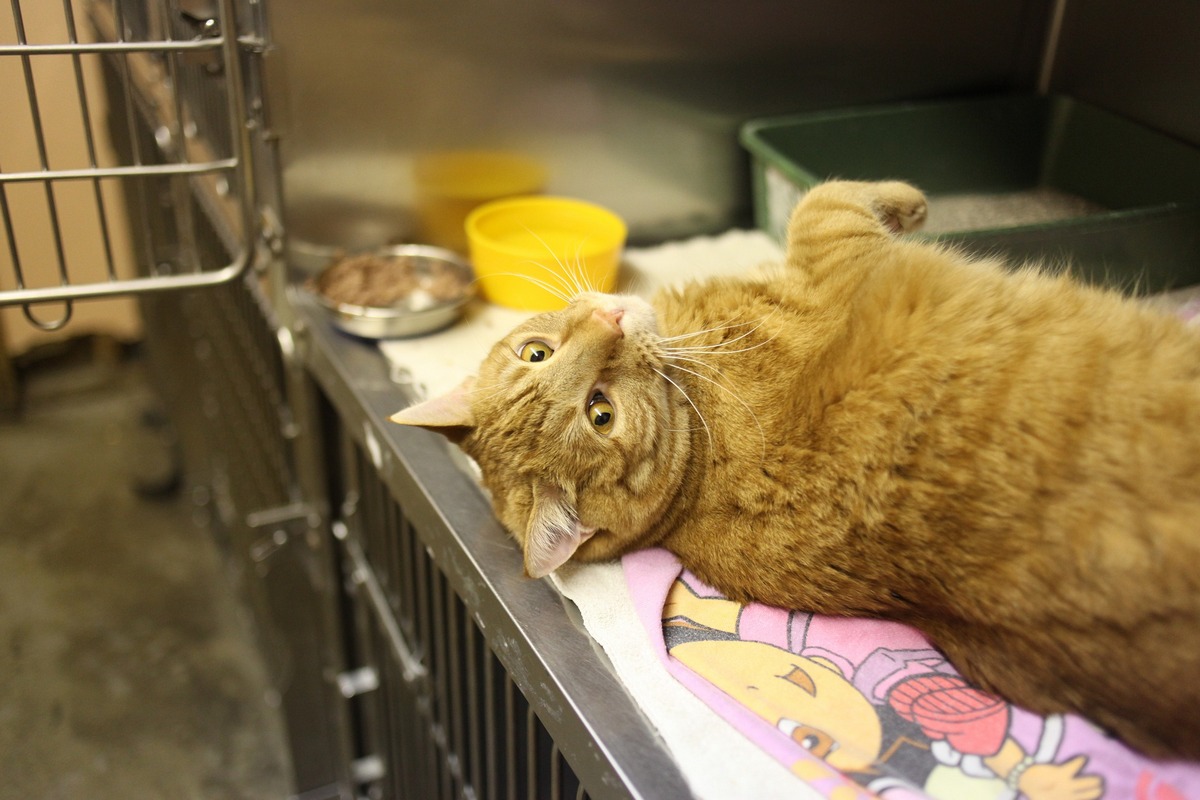Traumatology is mainly an emergency aid, but often, due to the received fractures, the animal needs an operation, which is already performed as planned.
In what cases do you need to urgently go to the doctor?
Specialized medical assistance is always necessary for your pet if he got into an unpleasant situation. This usually happens in the following cases:
- Falling cats from a height;
- Small breeds of dogs and other animals jumping from a small height;
- Getting under the wheels of a car;
- Getting into various kinds of emergency situations;
- The animal got into a fight or was beaten;
- Wounds received as a result of shooting from any type of weapon;
- The bird’s wing is broken.
It is important to immediately consult a doctor, because the promptness of the intervention depends on this and, as a result, the preservation of vital functions and the saving of the life of the animal.
What are the symptoms?
It is important to understand that not always when an animal is injured, there may be obvious manifestations on the body. Even if there are no visible symptoms, but you suspect that the animal is behaving strangely after a traumatic situation, it is highly desirable to show it to a trauma veterinarian.
Treatment of fractures in animals
In traumatology, such a concept as polytrauma is often encountered. That is, not only the musculoskeletal system can be affected, but there can be many other injuries of internal organs:
- Cranial,
- Blunt trauma to the abdomen
- Internal tears.
Therefore, before the operation, the patient is always examined by a therapist and agreed to undergo surgery or takes measures to reduce risks and eliminate factors that may negatively affect the outcome of the operation.
If you find the following visible symptoms, you must urgently show your pet to a traumatologist:
- The bone crawled out;
- The animal is bleeding;
- The injured area is swollen, hot, painful;
- Dysfunction of limbs or organs;
- Sharp pain;
- The animal whines and worries;
- The pet shows increased attention to the site of the injury.
They turn to us for help not only with such animals as a cat and a dog, but also with birds and rodents – a guinea pig, chinchilla, hamsters and others.
The most common fractures of the forearm in dwarf dog breeds, fractures of the humerus and femur, fractures of the pelvis and spine in cats and dogs, fractures of the wings of birds.
